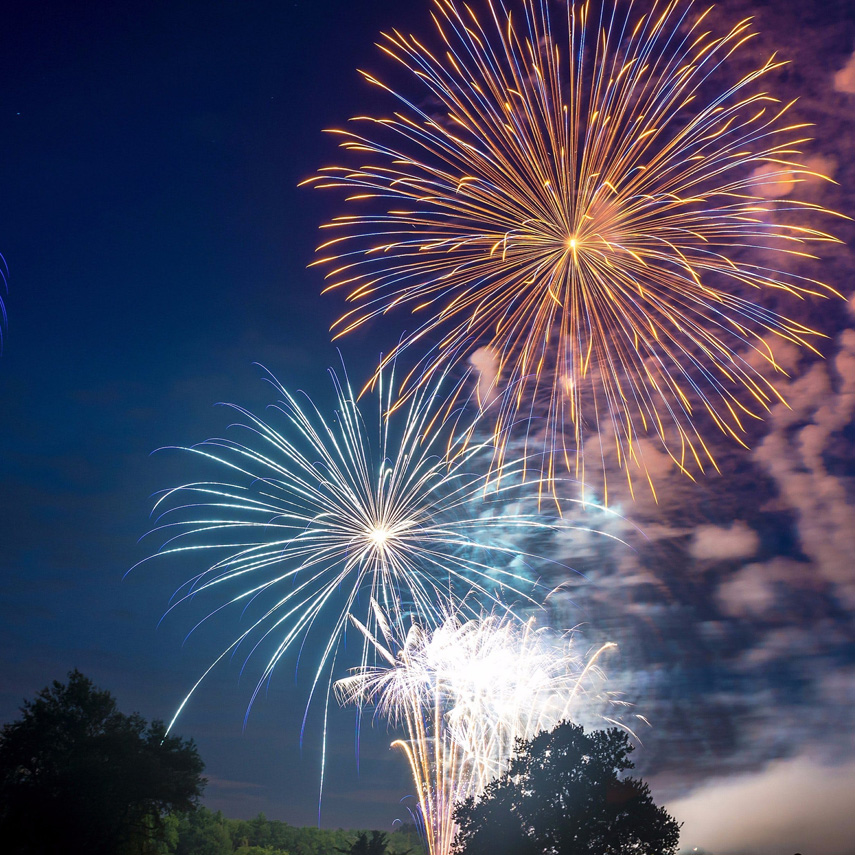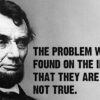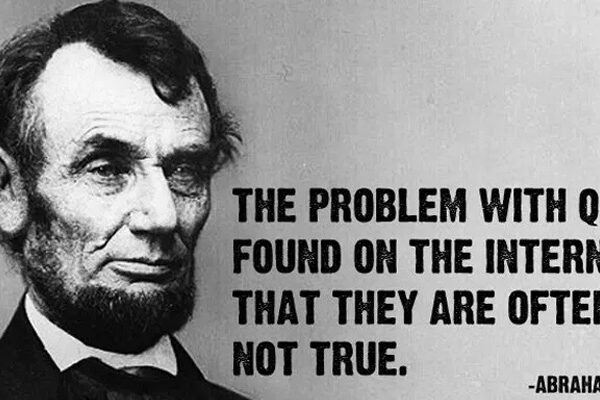Hello Writers and Readers, and welcome to this weeks post on worldbuilding. The wonderful art of, well, building a world. Where you take scraps of reality and add layers of magic and wimsy or the complex sciences and inventions of the future. Either way worldbuilding is essential for almost any writing project that includes some sort of supernatural ability. The video above is created by Tale Foundry, which will be linked at the bottom of the page, and is all about the 3 different methods of worldbuilding. This video will help you understand your thought processes as a writer, and help you learn more about the craft of worldbuilding. We will be summarizing the video down below for those of you who don’t really want to watch the video, but we still suggest you watch for a fuller understanding of whats going on.
The 3 F’s:
- Free Design
- Fixed Design
- Found Design
We would like to start by saying that these are not the only ways to do this, these are just the ones that were found and pieced together by the Tale Foundry team.
Free Design, is the process by which you are only limited by yourself and the logic you wish to impose upon yourself. There are 3 different ways you could do this, you could start with large details of the world, then work smaller, or do the inverse where you start with smaller details and work your way up, or you could take the route in the middle and work your way out on either side. This approach works best for larger projects that can eventually split off into different story lines. But you do not need to specifically use this to create a story, you could just want to create a world for the fun of it, and neither us or Tale Foundry, will stop you from doing that.
Fixed Design, is the process used for piecing together a story, and creating a setting. A setting is identified in the video as a conflict that occurs over a duration of time in an area. And also that settings are the hardest parts of a world to change once its out there, it is best to actually work out the finer details of your setting then changing it entirely. There are two different approaches to this design, one is the World Based Approach: Making a world then finding a setting for a story, or the Story Based Approach: Making a world for your conflict and story.
One small piece of advice that is actually very useful, is to not wait until your world is fully fleshed out to start writing, as it will almost never be ready, and it will never be written, and I was really hoping to read that. You going to deny me reading your book?
And finally, Found Design. When an author runs into an issue that he had not planned for at first, and must change the aspect of something to allow something to work within their world. This part of worldbuilding can work within any of the other methods, working as more of an add-on then a method, though it can be used as such.
We do hope you enjoyed this post and summary, we hope you have a good day and a good time writing. See you next week Writers and Readers.
Check out Tale Foundry’s channel by clicking here.
Check out the original video by clicking here.







